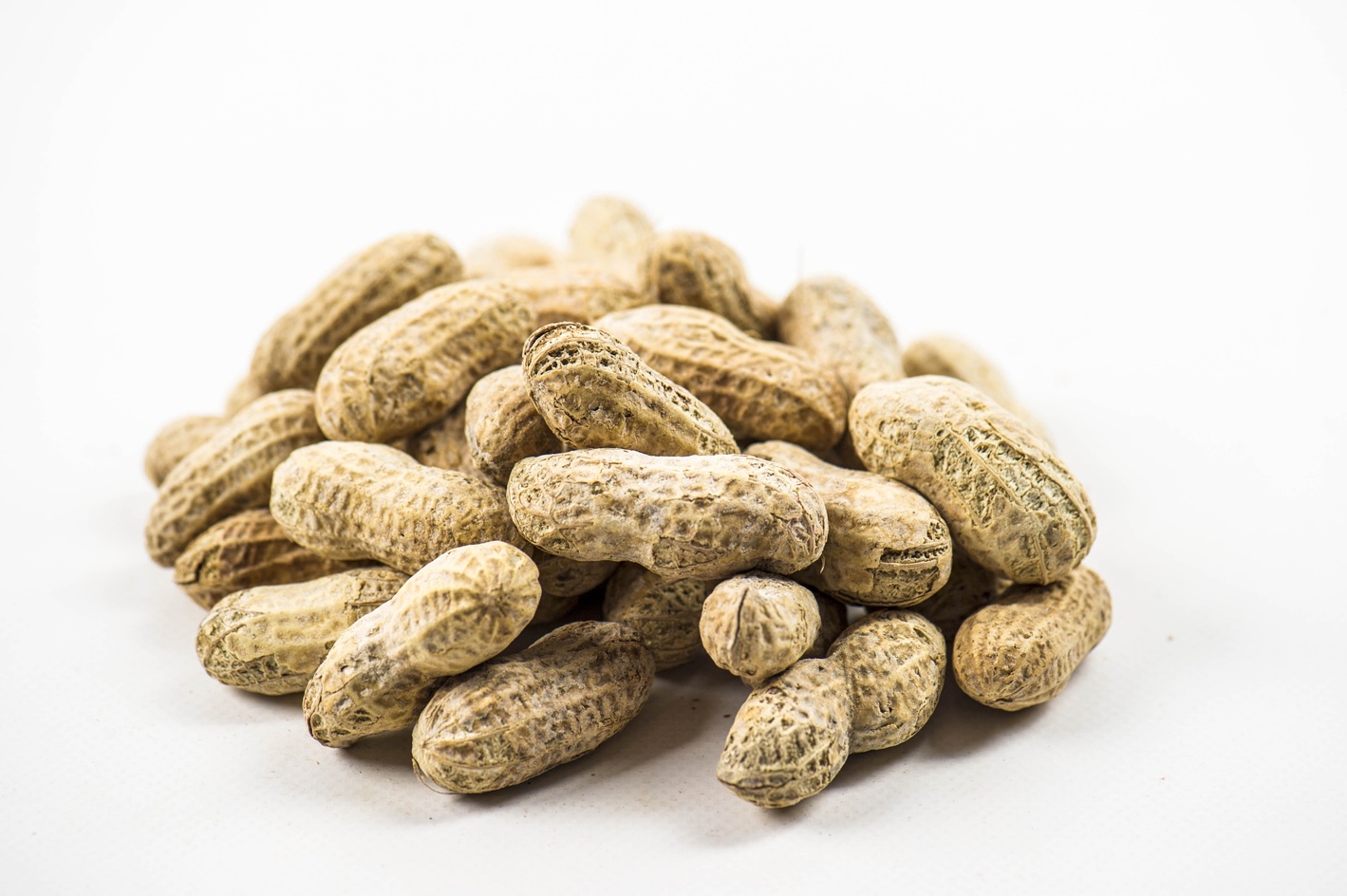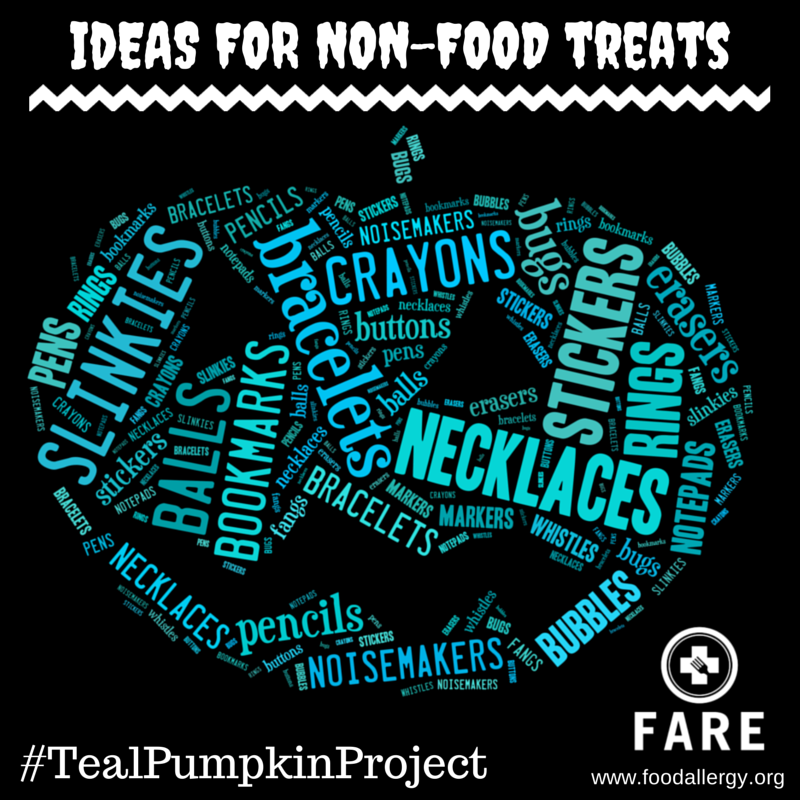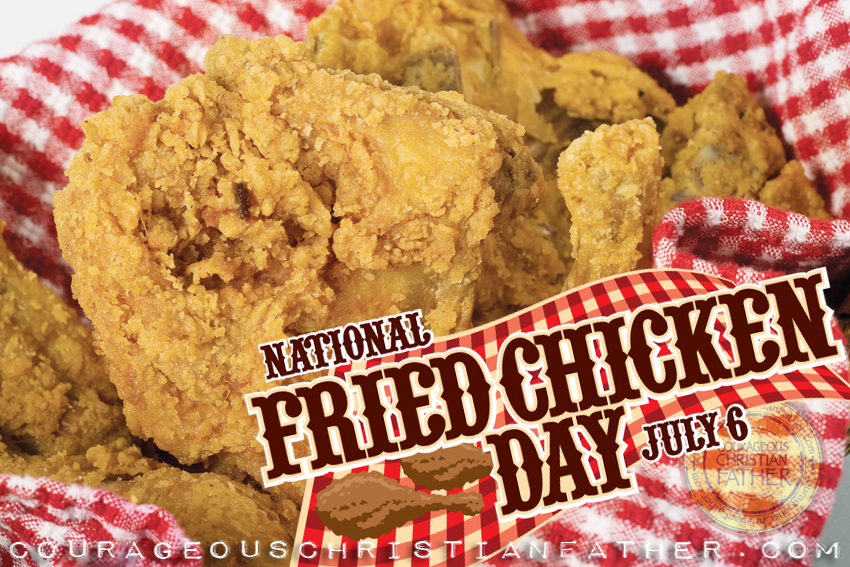Exploring the history of peanuts – Peanuts and their creamy offshoot, peanut butter, are popular snack foods and lunchtime staples. The distinct and mild flavor of peanuts attracts many people to these shelled legumes, which many might be surprised to learn aren’t true nuts.

An interesting and unusual plant, the peanut plant flowers above the ground but bears fruit below the ground, according to Whitley’s Peanut Factory. Peanuts do not grow on trees, nor do they form on roots. When peanut flowers are pollinated, they begin to grow and lose their petals. The bud, or “peg,” grows downward, forming a small stem that pushes into the soil. While there are many varieties of peanuts, the most common types include the Runner, Virginia, Spanish and Valencia. Runners are usually found in peanut butters.
Peanuts thrive in warmer climates, which is why they tend to be produced in Asia, Africa, Australia, and areas of North and South America. Virginia, North Carolina, South Carolina, and Georgia are some of the major peanut-producing states in America.
Much of the popularity of peanuts can be traced to George Washington Carver. Carver was born into slavery, but he would become an artist, educator, chemist, and botanist. He was instrumental in transforming the peanut from a cast-aside item into a cash crop. He also helped develop many different uses for peanuts beyond food.
Carver found that peanuts, which contain protein, could help replenish nutrient-ravaged soils. Rather than plant cotton year after year, he convinced farmers to rotate the planting of cotton with peanuts, thus keeping the soil healthy. In turn, he developed many more ways the peanuts could be put to use, including how the protein-rich legumes could be used in cooking. Peanuts then became a popular component of animal feed. Hogs that ate a diet of peanuts and corn could produce high quality hams and bacon.
Today, peanuts are used in cooking oils and lubricants. Peanut oil also makes a decent biodiesel fuel.
Peanuts contain a fair share of monosaturated fats. Considering fat is a major component of many soaps, peanuts can be turned into soaps and other cleansers.
Carver experimented with peanuts and other plants to produce natural dyes. Peanuts may not be able to produce vivid coloring, but Carver was able to use peanut pigment to make wood stains, paints and inks.
In addition to these applications, Carver and other scientists have investigated even more ways to put peanuts to use. These include everything from glue to insecticides to face creams. All in all, the widespread consumption and use of peanuts helped propel them to become one of the most popular crop plants.
Even peanut shells are quite useful. Shells are an excellent source of crude fiber and can be used in industrial absorbent functions. Peanuts can be found in fertilizers and mulch used in gardens. Peanuts also can serve as attractive fillers in decorative vases and jars.
Versatile, tasty and relatively inexpensive, peanuts are so much more than just delicious snacks.
Compliments of MetroCreative. TF163961
About the Author
Discover more from Courageous Christian Father
Subscribe to get the latest posts sent to your email.



